When you think of Japanese puppetry, what is the first thing that comes to mind? Perhaps Bunraku, which is the most internationally renowned art of Japanese puppetry. However, there are a number of other traditional puppet theaters in Japan. In local communities all over Japan, from the northern prefectures to the southern islands, there are traditional puppet theaters of various styles: puppets manipulated by three puppeteers (like Bunraku), hand puppets, rod puppets and many others. Always, some companies were professional, while others enjoyed puppetry as a pastime in their lives. Some puppet theaters became extinguished as society changed, but a few of them have remained active up until today. And most of these local, traditional puppet theaters owe their survival to amateur performers.
Of course, in Japan there are many modern puppet companies as well: many professional troupes and a greater number of amateur groups. When foreign puppetry was introduced to Japanese people in the 19th century, the imported methods were adopted, and adapted to the Japanese style. Japanese modern puppetry became popular after the Second World War. In the trends of democracy and citizen-oriented society, professional puppet companies became active and amateur puppet groups were founded. In the 1950’s, a number of puppet festivals started all over Japan, to create better communication and friendship among puppeteers. In the 1960’s, puppet groups of college students started to become active.
Soon, local puppet festivals flourished as a movement throughout Japan, and links were created between them beyond their local areas. In 1964 and 1967, the ZEN-NIHON NINGYOGEKIJIN KAIGI (All Japan Puppeteers Conference) was organized: in 1968, ZEN-NIHON NINGYOGEKI FESUTIBARU (All Japan Puppet Festival) was held, and included participants from Okinawa, even before the Okinawa Reversion. Thus the puppet festival movement in Japan developed as a cultural trend. It was led by professional puppet companies, especially by the PUK Theater directed by the late Taiji KAWAJIRI, supported through the activity of local, amateur puppeteers.
Towards the 1970’s, the types of amateur puppet companies varied: puppet circles offering local volunteer activities, puppet groups specialized in education for young children, puppet companies founded by workshop participants in local community centers and children’s play groups, puppet troupes of mothers for their children in the local communities, puppet circles brought up in theater-goers organizations such as KODOMO GEKIJO, etc. In the beginning, most of these amateur groups consisted of workers or students, but later the majority of them were formed by mothers/housewives: in other words, many amateur groups became active on weekdays. It made them more able to participate in different events and occasions.
In 1979, the Iida Puppetry Carnival started. Until then, most of the puppet festivals were organized and performed by local puppeteers. On the other hand, the new festival in Iida was unique in that it gathered people from all regions of the nation. It was the first big event since the ZEN-NIHON NINGYOGEKI FESUTIBARU (All Japan Puppet Festival) in 1968, and it encouraged puppeteers to meet with each other. Learning from the event in Iida, other new puppet festivals started in different cities, and puppetry newsletters were issued. Thus the puppeteers were linked more closely, whether they were professional or amateur, and later the trend developed to create the NINGYOGEKI NIJUUISSEIKI KAIGI (Puppetry 21st Century Conference).
Today, in some regions, plans for a “Puppet Center” are being discussed, to help make local puppetry more prosperous.
Japanese puppetry cannot be understood without considering the huge number of amateur puppeteers and their activities. Even though they face various troubles and problems, they will never cease to be active.

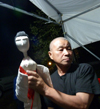

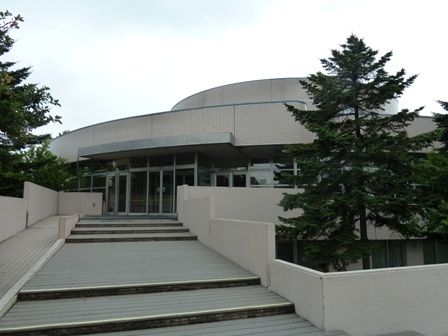
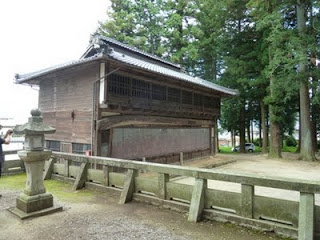
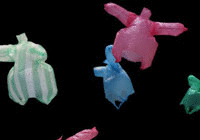
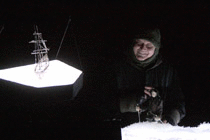
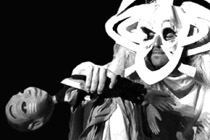
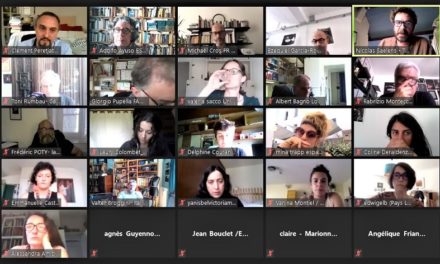







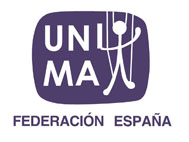
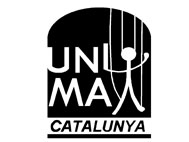


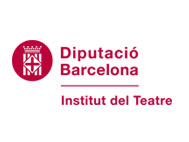






Dear readers of “Puppetring”,
How wonderful web magazine!
We are enjoying this!!
Send warm greeting from Japan!!
Looking forward next issue,
With Love,
Tamiko Onagi
President of UNIMA-JAPAN
President of Women’s Commission of UNIMA